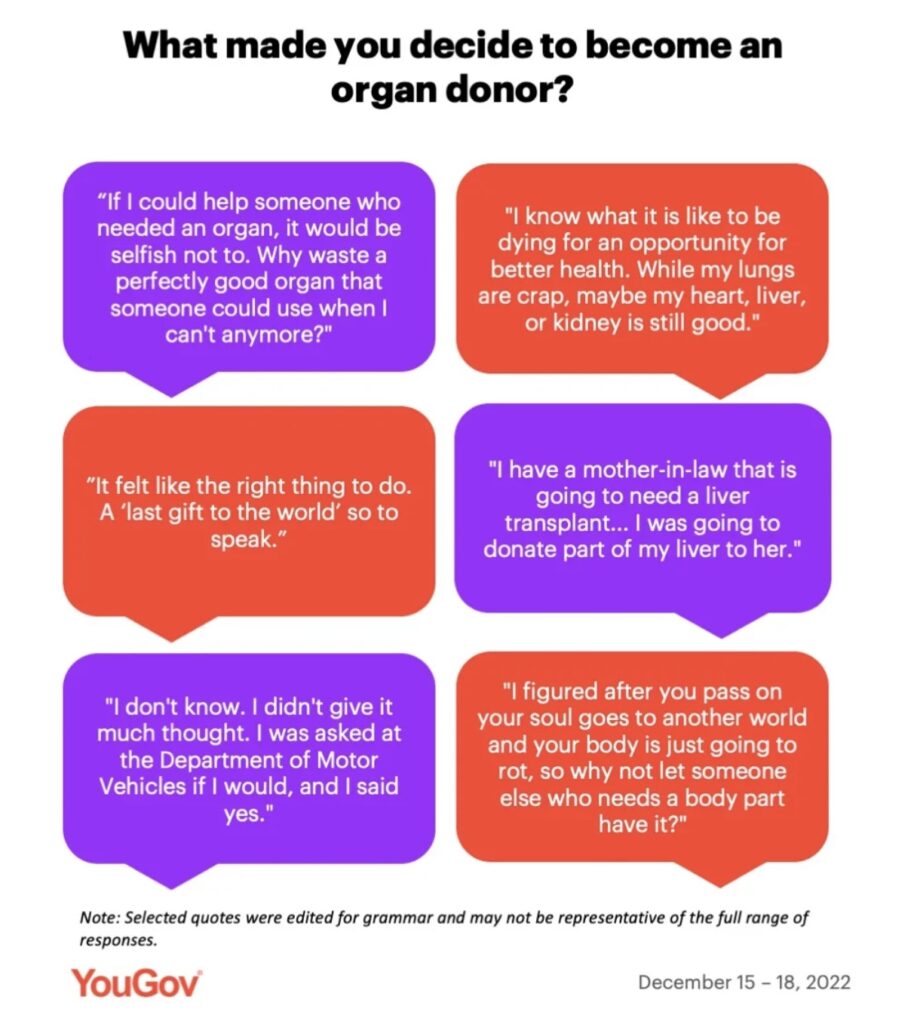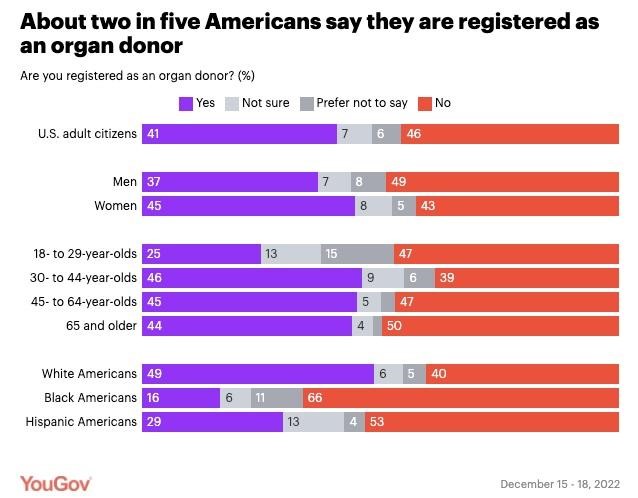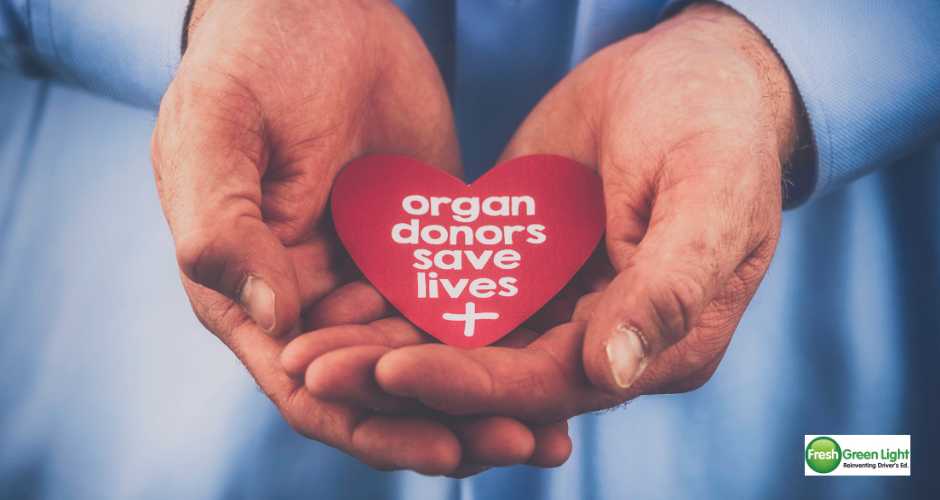By Ivey D.
Over the last few weeks, we have shared some facts and statistics about the need for organ donors. But there are some additional facts that we want to share with you.
There are many organs that can be donated and different types of organ donations.
Organs that can be donated:
| – Kidney (most needed organ) | – Pancreas |
| – Liver | – Intestine |
| – Heart | – Tissues |
| – Lung | – Cornea |
Tissue donation can help a multitude of people because there are many types of tissues that can be donated.
TYPES OF ORGAN DONATIONS

There are 2 different types of organ donation, living and deceased donation. With the living organ donation, there are two ways to donate. Of living and deceased organ donations, deceased is the most common.
First of all, as we’ve said before, a person must let their families know that they want to donate organs if/when they pass away. Having an Organ Donor listing on a driver’s license is the legal consent for donation. The family of the deceased person is also asked about organ donation.
Living donors are difficult to find. This is unfortunate because living donor recipients tend to fare better than deceased organ recipients. Also, new bonds are formed with their organ recipient.
Two organs can be donated while alive, kidney and liver. There are two types of living organ donations, a directed donation and a non-directed, or altruistic, donation.
- Directed Donation. A directed donation is when someone is donating an organ to a specific person, usually a family member or friend after being asked.
- Non-Directed Donation. This is a selfless gift to an unknown recipient waiting for an organ. A non-directed (altruistic) living donor is a living person who donates a kidney, or portion of their liver, and does not have an intended recipient. The organ is donated as a selfless gift with no connections between the donor and transplant recipient.
This type of living donor may also participate in paired organ donation or organ donation chains to help match incompatible pairs. This process often results in a chain of transplants with multiple candidates benefiting from just one beneficent donor’s gift. Here is a short video about a donation chain: https://youtu.be/_B1tYzhzrSM?si=1Zbe6eJrjzud0BlL.
Typically, living donors are in superior health as they must pass multiple tests, both physical and psychological, to be authorized to donate. Also, they will likely go on to have very successful and happy lives after donation.
Additional Organ Donation Facts
The vast majority of Americans, ninety-five percent, support organ donation, yet only fifty-eight percent are registered donors. (Source: https://medium.com/swlh/while-95-of-americans-support-organ-donation-only-58-are-registered-c8ad3e7aa9dd)
There is a huge need for organs, and living donation is a great way to reduce the suffering of those in need.
If you are interested in more information, please contact us. We are happy to answer any questions. Lessons@freshgreenlight.com.
If you are interested in registering to become an organ donor and you have an iPhone, you can do it on your phone using the Health app , by registering with Donate Life America. If you later change your mind, you can simply remove your registration. Your decision to donate is accessible to others in your Medical ID.
We hope this information has helped to educate you on the topic of organ donation. For more information about Fresh Green Light, go to www.freshgreenlight.com.

